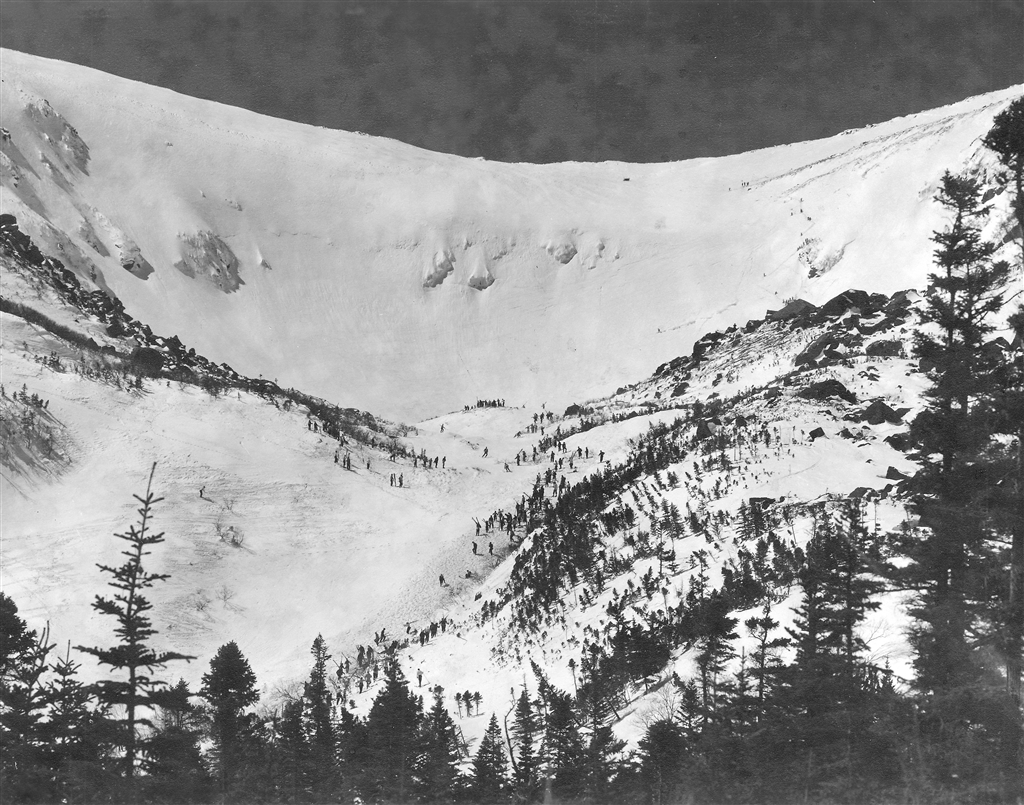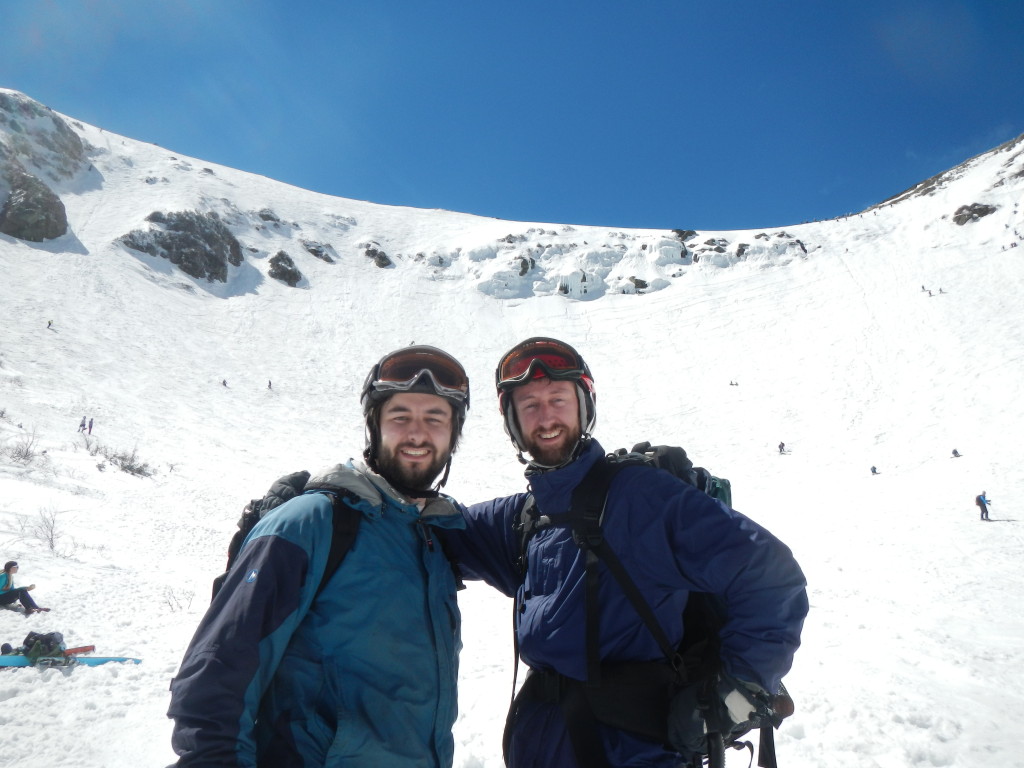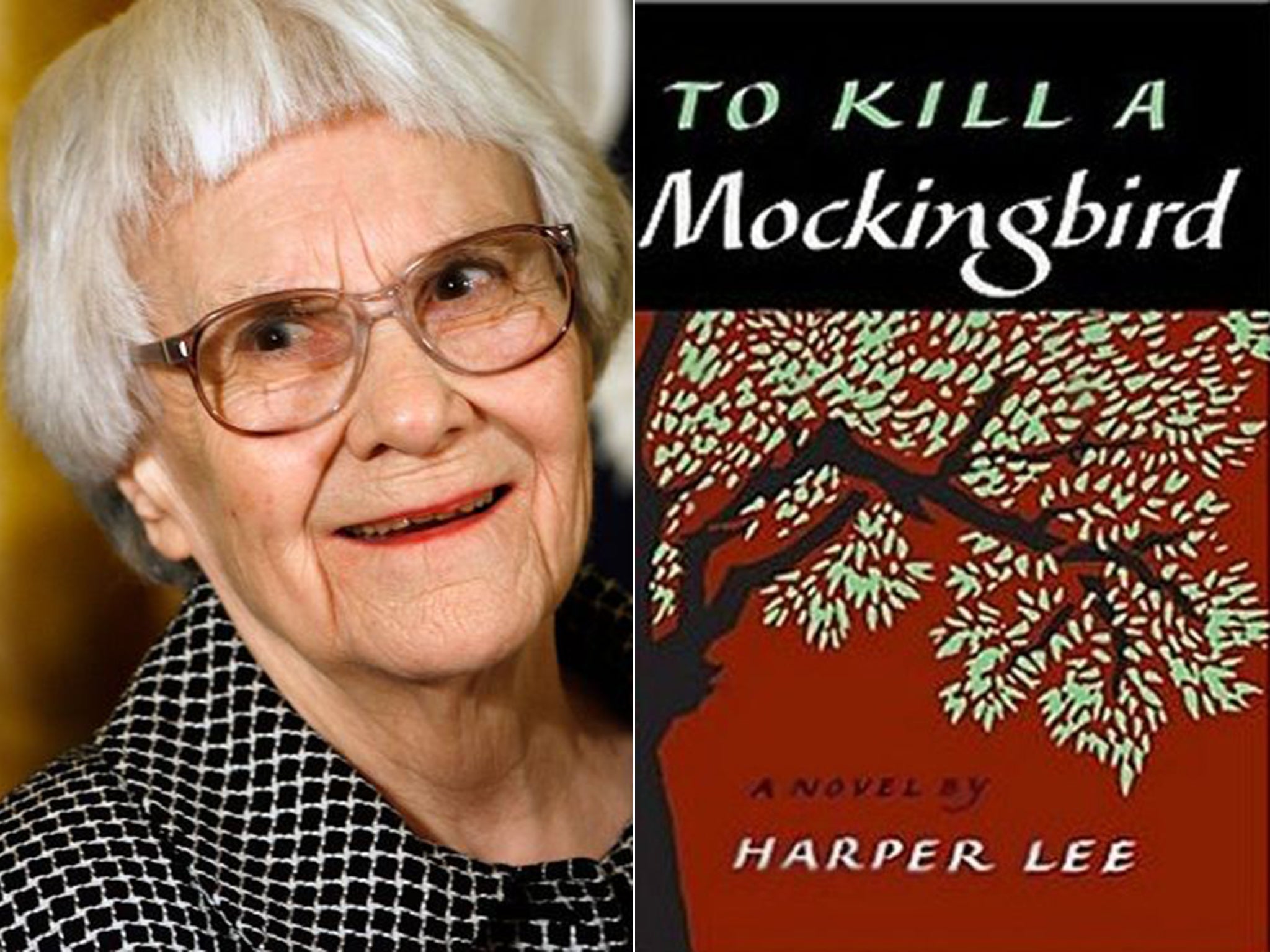The Voice
You know how sometimes you can hear people on the summit before you actually get there, so you know that you’re close? This was like that — except much worse. We heard the guy from way up above:
“Ridge of the Caps is THE route up Jefferson! Trust me.”
“Oh my god, there are SO many idiots in the Whites these days!”
“I’ve been hiking all my life, actually . . .”
It was the loud bro-speak that reminded me of the obnoxious preppy who lived on my hall freshman year of college. Except instead of pontificating about how to score with women or pass Poly Sci without trying, this guy was the self-appointed blowhard of New Hampshire hiking.
“ . . . but it wasn’t until I started my first 48 that I got serious.”
To me, the summit of a mountain has always felt holy, or at least a place that you want to enjoy in peace. And on a summit like Mt. Jefferson in the White Mountains of New Hampshire — about as wide at the top as the roof of an SUV — it’s basic trail etiquette — not to mention basic politeness — not to noise pollute.
“Yeah, I’m working on my 48 for the third time. No big deal, you know?”
Working on my 48. When I first moved to New Hampshire two years ago, I started hearing that phrase almost every time I talked to other hikers. While the singular Vermont hiking accomplishment is arguably the completion of the Long Trail, in New Hampshire it’s completion of the state’s 48 four thousand foot peaks. When I was a kayak racer, old-timers — who’d been in the sport before its Olympic inclusion — used to joke that any teenager in a kayak nowadays was no longer a “kayak bum,” but a “future Olympian.” In New Hampshire, you’re never just hiking, you’re working on your 48. But there are problems with this.
The List
Now, its loudmouthed practitioners aside, I have nothing against the New Hampshire 48 list. After all, lists are fun. They’re motivating. Why? Because they’re goals. I keep lots of lists: books I’d love to teach in my high school classes (The Prince, How to Win Friends and Influence People), foods I’d like to cook (bacon wrapped scallops), basic tasks most adults can do that I’d love to be able to do without adult supervision (cook), and of course mountains I’d like to hike (Khatadin, the Matterhorn [if I’m ever given a terminal diagnosis]). I love lists.
And I love the New Hampshire 48. I’m working on it myself. Why else would I ever slog out to Owl’s Head, except to get away from my creditors? Just a few days ago, two days after our wedding, my wife and I finished cleaning the house, laced up our boots, and took our second whack at Mt. Isolation, a barren bump on the ridge barely worthy of being called a “summit,” seven hours of suffering and spectacular views that’d we’d have never done if it weren’t on The List. The List is a good thing — provided that you go about it in the right spirit.
For some that truly means “bagging” the peaks. At its worst that can mean rushing, getting in and out quickly just to check off items on your list. But it doesn’t have to. These people — like our obnoxious friend on top of Jefferson (who was finally revealed to be a rather smallish and pasty man drowning in his own cargo shorts) — hike 4,000 footers exclusively. Each weekend they simply head to the next mountain on their 48 list, with all the straighforwardness of a child following the rules. Are there those so literal that they hike through the list in the height order in which it’s printed? I’m sure there are.
There’s nothing wrong with this. Sometimes what you need in life to straighten yourself out is a fixed pursuit. It may be that racing up and down Interstate 93 every weekend in order to race up and down the tallest peaks of New Hampshire with tunnel vision is just what you need to ride out a rough stretch. Anything less than laser focus is an invitation to depression to waft back in. It’s best to keep moving, eyes on the next goal, the next summit. Having a list is having a plan, and sometimes that’s what keeps you going. It’s an extension of what’s always been great about hiking in the first place — the escape to nature, the purifying simplicity of putting one foot in front of the other, the simple endurance of carrying on that hiking teaches you. Putting one summit in front of the other is a natural outgrowth only enhances the effect. Forty-eight is a good number too: not so large that it’s unattainable, but large enough to be therapeutic: even if you’re ripping through mountains because your wife cheated and you can’t talk to your teenage daughter, it’s still going to take a good chunk of ruminative time to finish hiking those mountains. Which after all is just what you need in the first place.
#FearlessLiving
Some people don’t even need time, they just need a goal. You see evidence of this online. Sometimes in the summer you’ll see a Facebook post on the hiking forums by a woman who has decided to turn her life around — not just by taking up hiking, but by hiking the New Hampshire 48. She and her best friend / Zumba partner (or fully supportive / medicated boyfriend) have struggled up Mt. Tecumseh (“#Fearlessliving, #Nevergiveup!!”) They always post the obligatory selfie from the top, looking absolutely demolished. In the photo they are holding up their fingers in a #1 sign, along with a handmade sign that reads “#1 Tecumseh.” This sign is supposed to show that they have climbed peak #1 out of 48. I used to only see these signs in photos when they said “#48” — as a way that hikers used to document finishing the list, typically on Mount Carrigain. But last summer I started seeing them all the time, almost like a New Hampshire hiking meme. I’m guessing that most of these quests die out before they attain double digits, but if it gets them out enjoying the White Mountains for even a few afternoons, and if they don’t need a helicopter rescue, who’s to complain?
Savoring the Mountains
So you can race through the list, you can use the list as a goal to settle your life (even if you don’t finish), or you can take a third approach — the one I like to take. It’s quite simple: you can take your time. Instead of bagging the peaks, I try to savor them.
What does that mean? It means that from time to time I dip back into the list and hike another 4,000 foot peak, but I don’t hike 4,000 footers exclusively. It means that one day I hike Jefferson, but the next day I hike Welch and Dickey. Sometimes I hike North Kinsman twice before I do a new peak. I don’t dive straight for the plumb 4,000 footers, I surround them by hiking the foothills first. Sure, I’m lucky. I live within an hour of almost all the trailheads. And I’m not knocking people who race through the 48. I just want to savor the journey. Because unlike our friend on the top of Mount Jefferson, I have no intention of doing the list three times in a row. I want to make the first time last.
Here are a few of my own hiking mantras for eliciting maximum enjoyment from the pursuit.
Hike the Interesting, Smaller Mountains
Just because a mountain is tall does not mean it’s more interesting. Some of New Hampshire’s 4,000 footers are flat-out boring hikes, such as the mind-numbingly ordinary Mt. Hale. Others, like the notorious Owl’s Head, a nine mile slog to a viewless summit, are trips no reasonable person would do if they weren’t on the coveted list of 48.
On the other hand, New Hampshire is covered with far more interesting, lower summits. Mt. Chocoura, the Baldfaces, and the Moats are all shorter than 4,000 feet, but each have rocky, open summits with spectacular, 360 degree views. Why pass up a chance to hike these great mountains just to do taller, less memorable ones?

The Baldfaces in New Hampshire (Peakery.com)
Hike Small, Then Hike Big
I like building up to things. Don’t go straight for Mt. Washington. Hike the smaller Presidentials first. Don’t go straight for Franconia Ridge. Spend some time on Liberty and Cannon and gaze upward and imagine what the taller peaks will be like. I’m not talking about building your fitness level. I’m talking about savoring the experience. I had done the “small” hike of Bald Peak in Easton, New Hampshire four or five times, each time looking up at the massive North Kinsman above before I finally made my first hike all the way to the ridge. That made it all the more sweet when I finally got there. You don’t have to wait as long as I did. But some waiting really does increase the anticipation.
Avoid “One and Done”
I think it’s really, really motivating to have a hiking goal, but be careful of the “one and done” mindset. This is when you tell yourself that because you’ve hiked a mountain once, you’re done with it forever. This mindset robs you of a certain fullness. I have a feeling there are people like this: once they’re done with the New Hampshire 48, they don’t see a point to hiking anymore. It turns mountains into boxes to check. You miss the beauty of hiking a familiar peak in an unfamiliar season — when it’s covered in snow, or when the colors are bright red and orange. I know that the time is short and new mountains are fun, but beware the “one and done” mentality.
Be Careful of Starting on the 4,000 Footers
If you haven’t done much hiking, the 4,000 footers aren’t always the best place to start. You’re more likely to enjoy hiking if you start small. If you start big — and even some of the easier 4,000 footers, like Tecumseh and Osceola, are “big” — you’re more likely to become tired and frustrated and turn yourself or your companions off to hiking. Think of it like anything: take your time and build your skills and conditioning. Stop and enjoy the view along the way. Once you’re sure that you enjoy hiking, then commit yourself to hiking the 4,000 footers — and you’ll probably find that you’re experienced enough to really enjoy them.
Slow Down and See More
I think the New Hampshire 48 is a great list and a great goal for hikers. Speaking for myself though, I think I’d feel a little sad if I’d hiked through all of New Hampshire’s highest peaks in some speed-record time. I’d have nothing to look forward to. It’s better to leave yourself some mystery, to enter into a longer, slower relationship with the mountains, rather than to rush through them. You see more, paradoxically, if you go slow.



